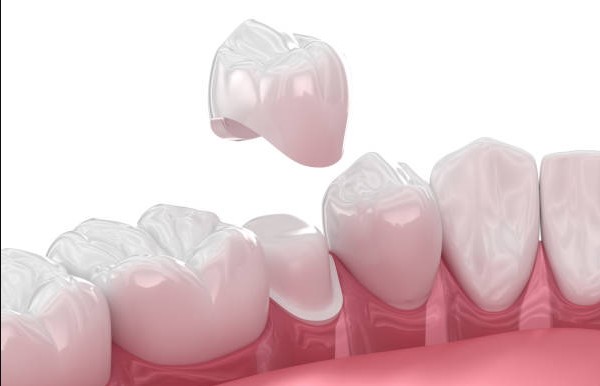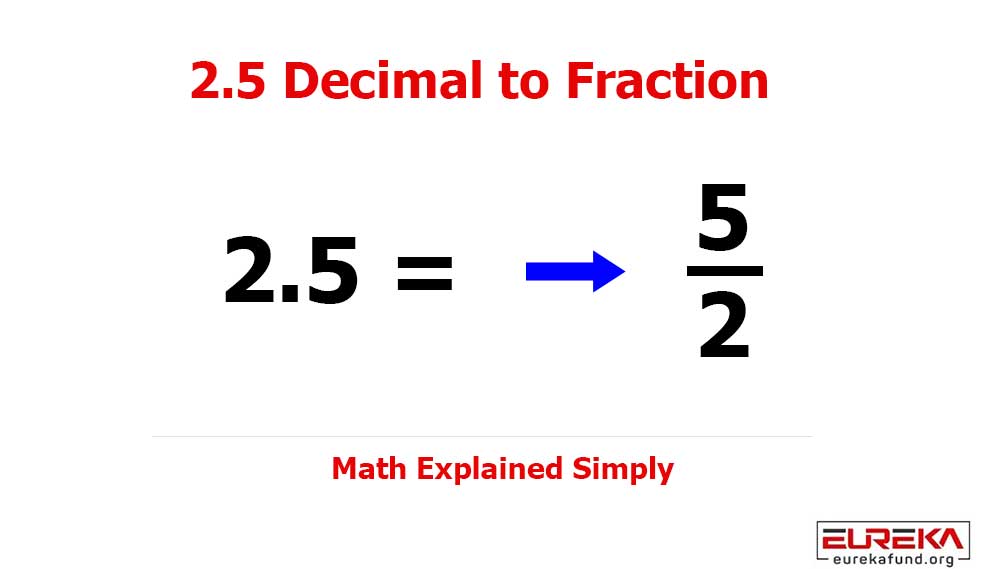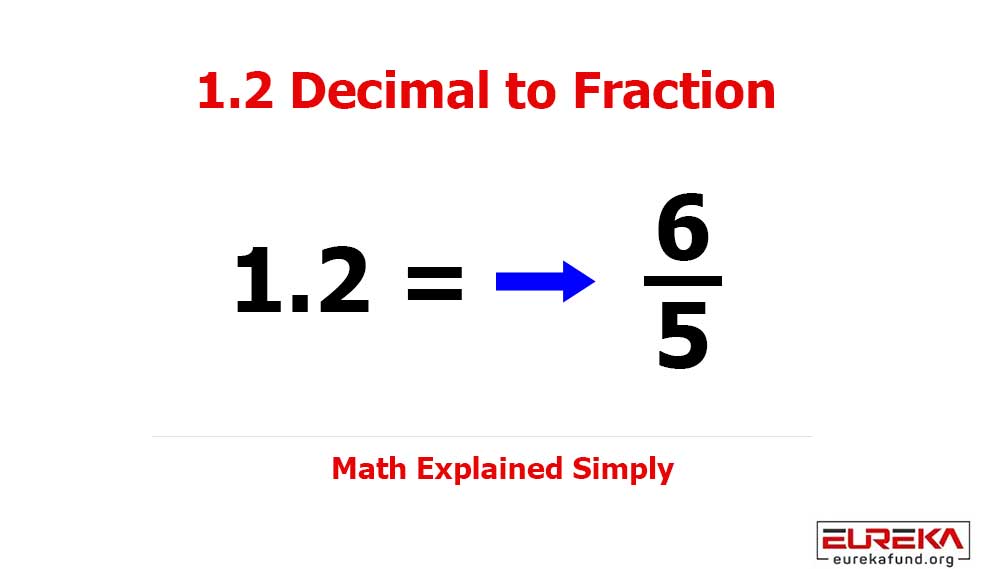Whether you’ve got a chipped front tooth or a newly fractured tooth, the last thing that you want is for your tooth to become more damaged. You know that dental repair is the only right way forward. But with so many types of dental procedures, it might seem overwhelming.
Dental crowns are a popular choice with dentists and patients, as they can help fix several types of tooth damage. But what exactly are dental crowns, and what is the best dental crown procedure for your tooth?
In this guide, we’ll explore the most common types of dental crowns, so you can learn more about your dental care. Let’s get started!
Ceramic Crowns
Ceramic crowns are a popular type of dental crown because they look just like your natural teeth. They’re made from a special kind of dental porcelain that can match the color of your other teeth.
Ceramic crowns are great for front teeth because they look very natural. But, they may not be as strong as other types of crowns. So they might not be the best choice for back teeth that do a lot of chewing.
Porcelain-Fused-to-Metal Crowns
Porcelain-fused-to-metal (PFM) crowns are another common type of dental crown. They’re made from a metal base covered with dental porcelain. The metal base makes the crown strong, while the porcelain gives it a natural look.
PFM crowns can be used for both front and back teeth, depending on the needs of the patient. They are a popular choice for people who want a crown that is both strong and natural-looking.
One of the advantages of PFM crowns is that they are very strong. The metal base makes them more durable than some other types of crowns, so they can handle a lot of chewing and grinding. This makes them a good choice for back teeth that do a lot of work.
However, there are also some disadvantages to PFM crowns. The metal base can sometimes show through the porcelain, especially if the gums recede. This can make the crown look dark or gray, which is not very attractive. Also, the metal can sometimes irritate the gums or cause an allergic reaction in some people.
Gold Crowns
Gold crowns are a classic type of dental crown that has been used for many years. They’re made from a mixture of gold, copper, and other metals, which gives them their characteristic gold color.
Gold crowns are very strong and can handle a lot of chewing and grinding. However, they might not look very nice on the front teeth.
Zirconia Crowns
Zirconia crowns are a newer type of dental crown that is becoming more and more popular. They’re made from a type of ceramic material called zirconia, which is very hard and strong.
Zirconia crowns can be color-matched to your other teeth, so they look very natural. They are a good choice for both front and back teeth because they are so strong.

Another advantage of zirconia crowns is that they are biocompatible. This means that they are unlikely to cause an allergic reaction or irritation in your mouth.
They are also resistant to corrosion and do not break down easily. But despite its quality, you should still take note that taking care of dental crowns is important to ensure that they last a long time and do their job properly.
Stainless Steel Crowns
Stainless steel crowns are a type of dental crown that’s used to protect and strengthen damaged baby teeth. Baby teeth are smaller and weaker than adult teeth, so they may not be able to support other types of crowns.
Stainless steel crowns are from a strong metal called stainless steel. They are pre-made and come in different sizes to fit different teeth. The crown is placed over the damaged baby tooth and cemented into place.
One advantage of stainless steel crowns is that they are very strong and durable. They can handle a lot of chewing and grinding, which is important for baby teeth that do a lot of work. They also do not require a lot of tooth preparation, so they can be quickly and easily placed.
Another advantage of stainless steel crowns is that they are cost-effective. They are less expensive than other types of crowns, so they can be a good choice for families who cannot afford more expensive dental treatments.
All-Ceramic Crowns
All-ceramic crowns are similar to ceramic crowns, but they’re made from a stronger kind of dental porcelain. They look very natural and can be used for both front and back teeth.
However, they might not be as strong as some of the other types of crowns. So they might not be the best choice for teeth that do a lot of chewing.
Composite Resin Crowns
Composite resin crowns are a type of dental crown that’s made from a tooth-colored material called composite resin. This type of crown can protect and strengthen teeth that have been damaged or weakened.
One advantage of composite resin crowns is that they require less tooth preparation than other types of crowns. This means that less of the tooth needs removing before the crown’s placed. This can help preserve more of your natural tooth structure.
Another advantage of composite resin crowns is that you can have them repaired if they get damaged. If a small piece of the crown breaks off, you can have it fixed without having to replace the entire crown.
However, there are also some disadvantages to composite resin crowns. They are not as strong as some other types of crowns, so they may not be a good choice for back teeth that do a lot of work. They can also wear down faster than other types of crowns, so they may need to be replaced more often.
Choosing the Right Types of Dental Crowns for You
Dental crowns are a great way to protect and strengthen teeth that have been damaged or weakened. There are many different types of dental crowns to choose from, so talk to your dentist to find out which one is best for you or your child.
Remember, taking care of your teeth is very important. So be sure to brush and floss every day, and see your dentist regularly for check-ups and cleaning.




